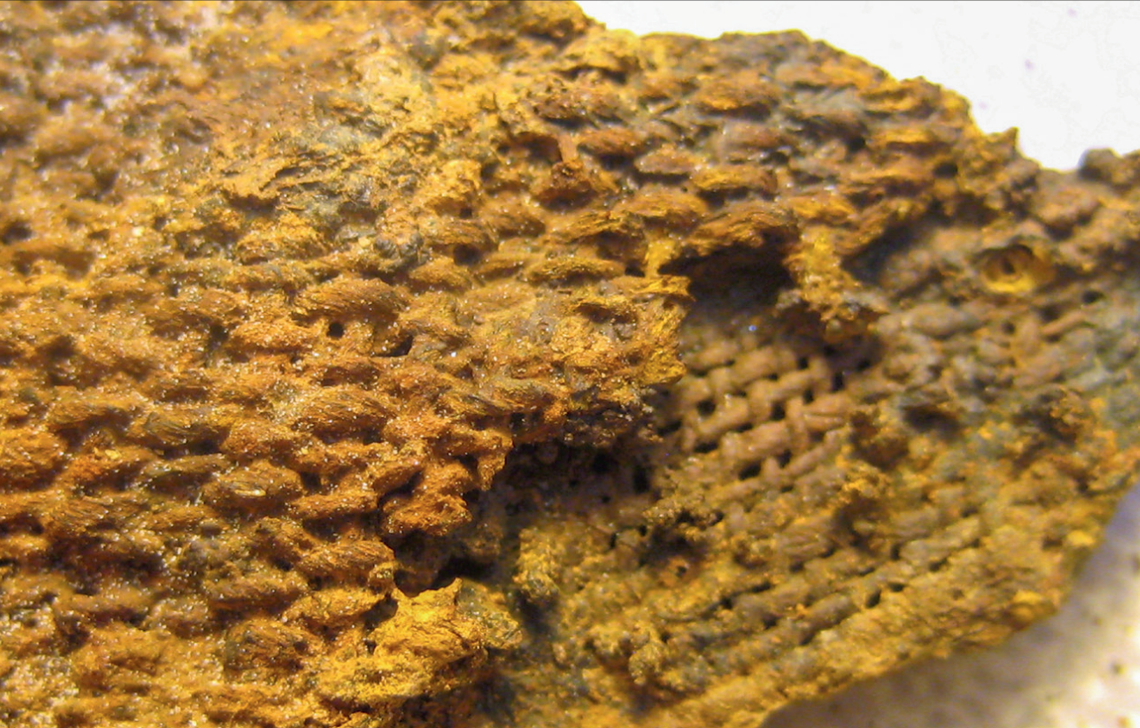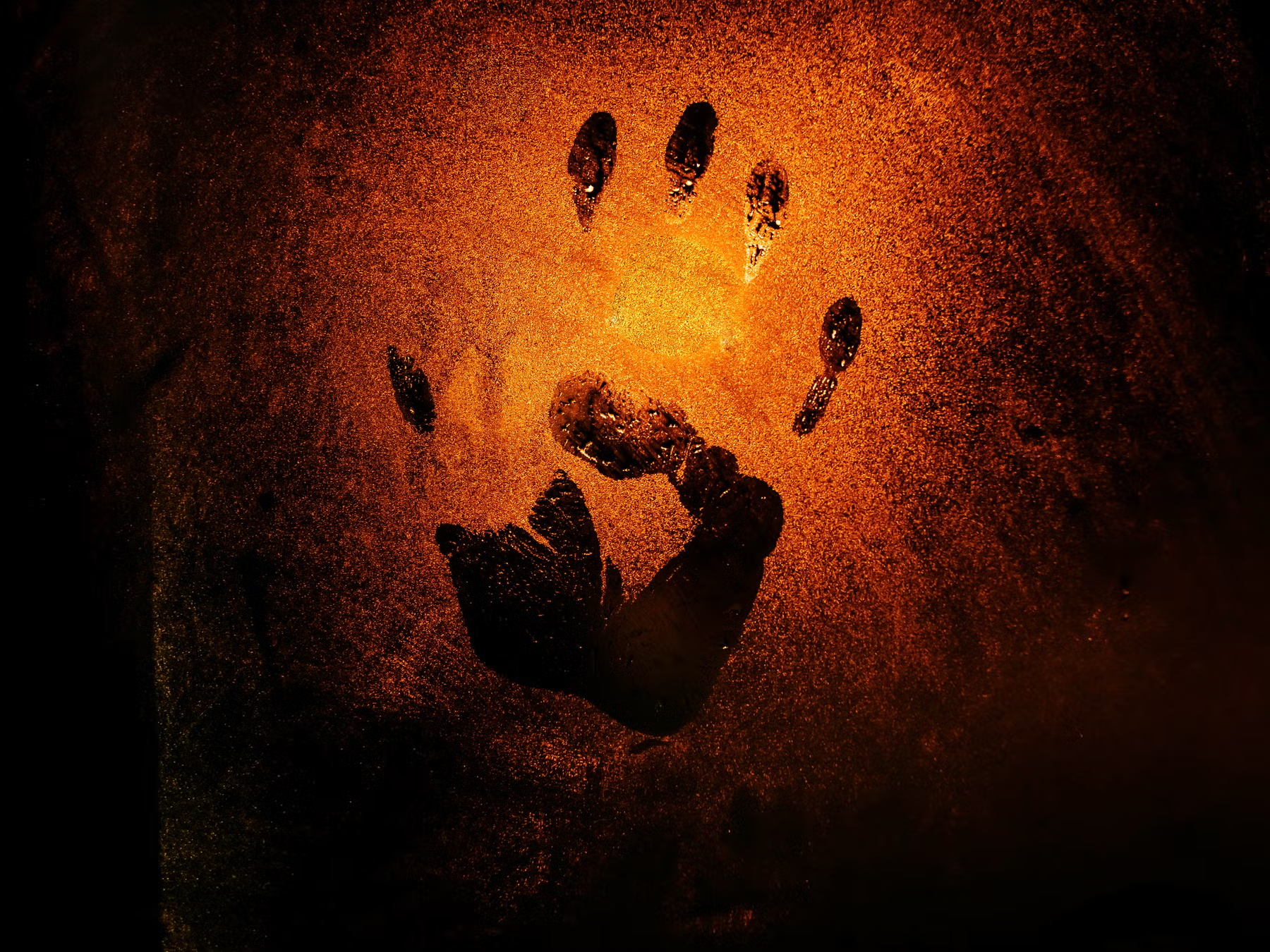On the outskirts of a Swedish town, an unusual arrangement of stones stood out in an otherwise flat and unremarkable landscape. The stones had long gone unnoticed—until archaeologists gave them a closer look. Intrigued by their peculiar alignment, the team suspected something significant might lie beneath. So, they began to dig.
Their hunch proved correct.
Archaeologists in Linköping, southern Sweden, uncovered a Viking-era grave—hidden beneath this curious stone formation. The discovery came just in time, as the area had been marked for future development. Prompted by the city authorities, excavation began in October 2022, with a focus on the mysterious stones, according to a press release issued by Sweden’s Arkeologerna (National Historical Museums) on April 24, 2025.
A Grave Revealed by Stones
The stone pattern was unlike any the archaeologists had seen before. Drone imagery captured rows of upright stones forming a recessed central area—leading researchers to dig at the center. Sure enough, they uncovered a Viking burial site dating to the 9th century.
Although no human remains were found, the grave still held rich archaeological value. Two coffins, along with weapons, cloth fragments, and other artifacts, offered key insights into Viking funerary practices.
Fifteen rusted nails—once used to seal one of the coffins—were found, as well as a forged iron axe head with remnants of its wooden handle. Measuring approximately 20.3 cm (8 inches), the wedge-shaped axe likely served both as a tool and weapon.
A Strange Fabric and a Hidden Knife
Next to the axe, archaeologists discovered fragments of a woven textile made from an unidentified material. Possibly part of the deceased’s clothing, the yellowish fabric drew particular interest due to its unusual preservation.
Another item found was a knife, about 17.8 cm (7 inches) long, believed to have been buried inside a wooden container. Its presence adds to the interpretation of the grave as one belonging to a person of some status.
A Glimpse into a Religious Shift
What makes this burial especially fascinating is the combination of pagan and Christian elements. Based on the tomb’s age, structure, and contents, researchers believe it represents a period of religious transition—when Christian customs began to influence long-standing pagan burial traditions.
Beneath and around the Viking tomb, several older cremation burials were uncovered. These may have been part of earlier pagan rites. The later inhumation—complete with coffin and grave goods—might have been an intentional act to "purify" or repurpose the site as beliefs shifted toward Christianity.
The piece of fabric found in the Viking Age grave (Photo: Acta Konserveringscentrum AB via Helander (2025) and Arkeologerna).
An Unexpected and Valuable Find
Archaeologists describe the discovery as both surprising and invaluable for understanding how burial traditions evolved in medieval Scandinavia. The excavation at Linköping, a city in the Östergötland province known for its university and aerospace industry, wrapped up in October 2022. All finds have since been removed for preservation and further study.
This remarkable site not only provides a snapshot of Viking life and death but also captures a unique moment in history—when old gods gave way to new faiths.








